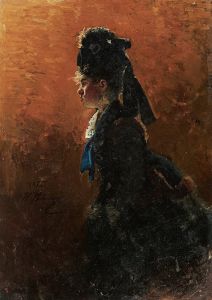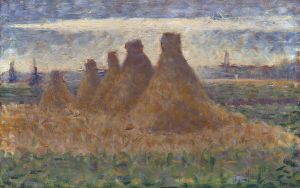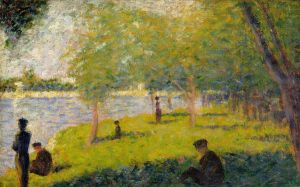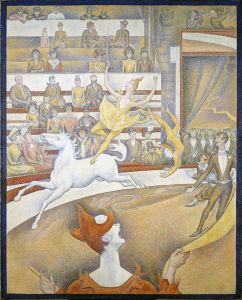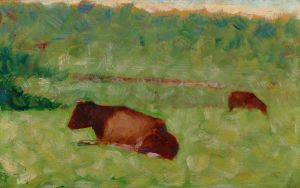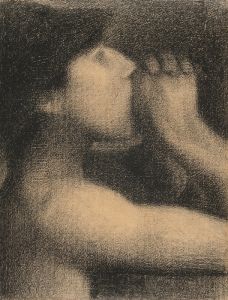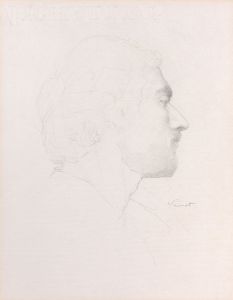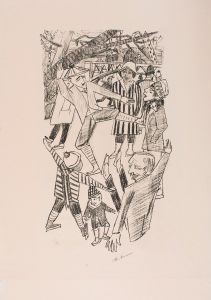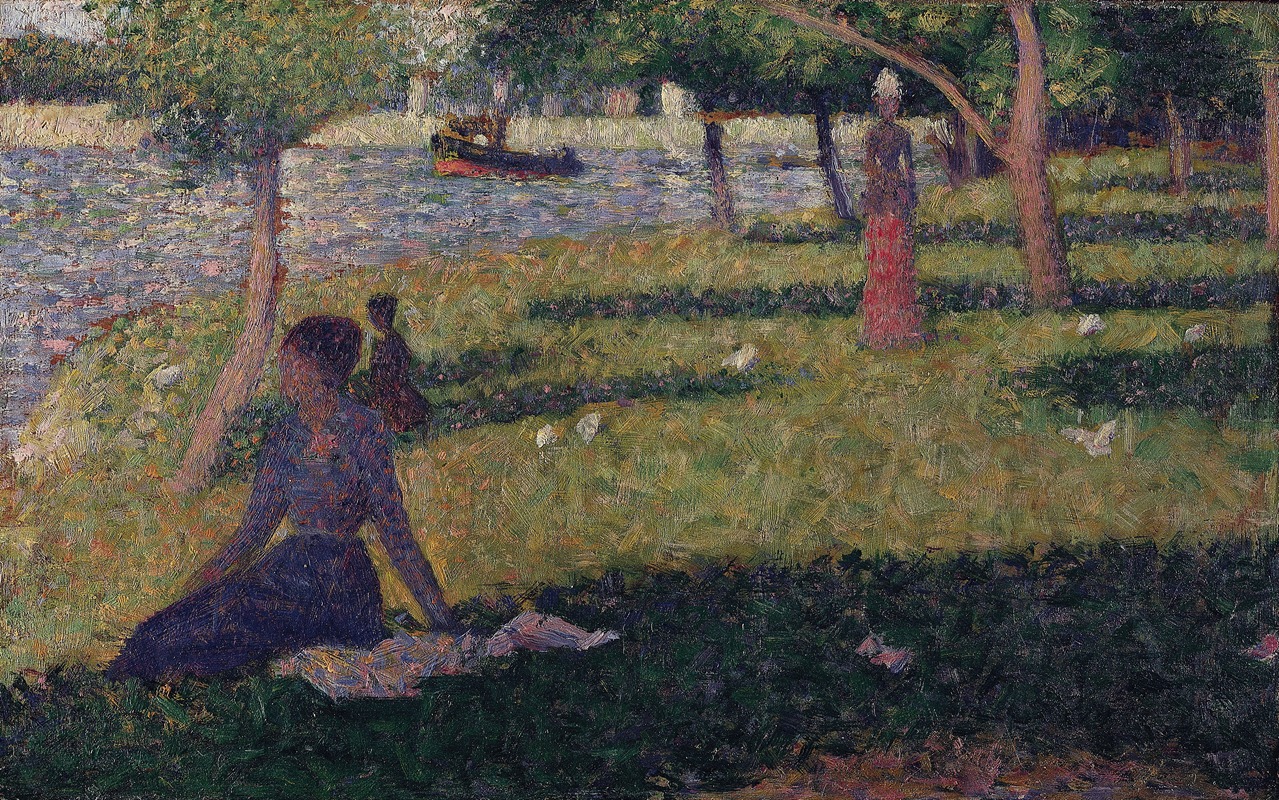
Étude pour ‘La Grande Jatte’
A hand-painted replica of Georges Seurat’s masterpiece Étude pour ‘La Grande Jatte’, meticulously crafted by professional artists to capture the true essence of the original. Each piece is created with museum-quality canvas and rare mineral pigments, carefully painted by experienced artists with delicate brushstrokes and rich, layered colors to perfectly recreate the texture of the original artwork. Unlike machine-printed reproductions, this hand-painted version brings the painting to life, infused with the artist’s emotions and skill in every stroke. Whether for personal collection or home decoration, it instantly elevates the artistic atmosphere of any space.
Étude pour ‘La Grande Jatte’ is a preparatory study by the French post-impressionist painter Georges Seurat. This work is part of the extensive series of studies Seurat created for his monumental painting, "A Sunday Afternoon on the Island of La Grande Jatte," which is one of his most famous works and a prime example of the pointillist technique.
Georges Seurat was born on December 2, 1859, in Paris, France, and he is best known for pioneering the technique known as pointillism, a method of painting in which small, distinct dots of color are applied in patterns to form an image. Seurat's meticulous approach to painting and his interest in color theory and optical effects were revolutionary at the time and have had a lasting impact on the art world.
Étude pour ‘La Grande Jatte’ was created as part of Seurat's preparation for his larger masterpiece, which he worked on from 1884 to 1886. The study, like the final painting, depicts a scene of leisure on the banks of the River Seine, where Parisians from various social classes are shown relaxing and enjoying a sunny afternoon. The island of La Grande Jatte, located in the Seine River in the western suburbs of Paris, was a popular recreational spot during the late 19th century.
In this study, Seurat experimented with composition, light, and color, refining his ideas before committing them to the final canvas. The study showcases Seurat's use of pointillism, with small dots of color meticulously applied to create a cohesive image when viewed from a distance. This technique was based on contemporary theories of color and perception, particularly the work of Michel Eugène Chevreul and Ogden Rood, who studied the optical effects of juxtaposed colors.
Étude pour ‘La Grande Jatte’ is significant not only for its role in the development of Seurat's final masterpiece but also for its demonstration of his innovative approach to painting. The study reveals Seurat's dedication to precision and his methodical process, as he carefully planned each element of the composition. The figures in the study are rendered with a sense of stillness and formality, reflecting Seurat's interest in classical art and his desire to bring a sense of order and harmony to his work.
The final painting, "A Sunday Afternoon on the Island of La Grande Jatte," measures 81.7 inches by 121.25 inches and is housed in the Art Institute of Chicago. It is considered one of the most important works of the 19th century and a masterpiece of pointillism. The painting's precise technique and serene subject matter have made it an enduring symbol of the post-impressionist movement.
Étude pour ‘La Grande Jatte’ is an essential piece in understanding Seurat's artistic process and his contributions to the development of modern art. Through his studies and final works, Seurat challenged traditional methods of painting and opened new possibilities for the use of color and form in visual art. His legacy continues to influence artists and art historians, and his works remain celebrated for their beauty and technical innovation.






